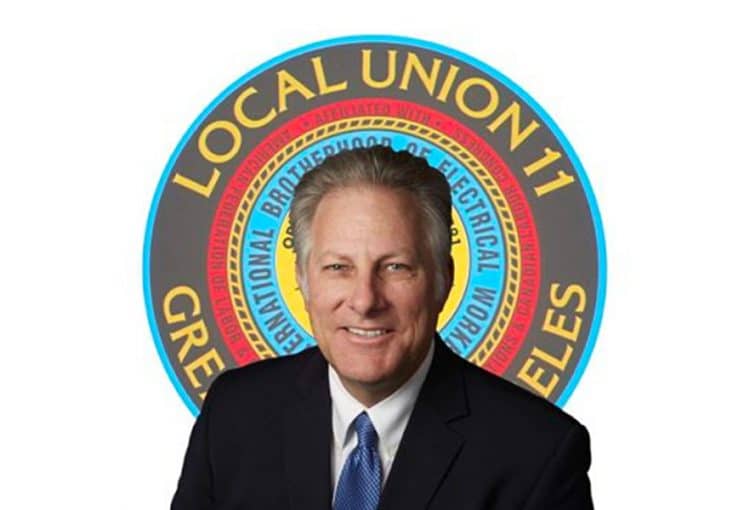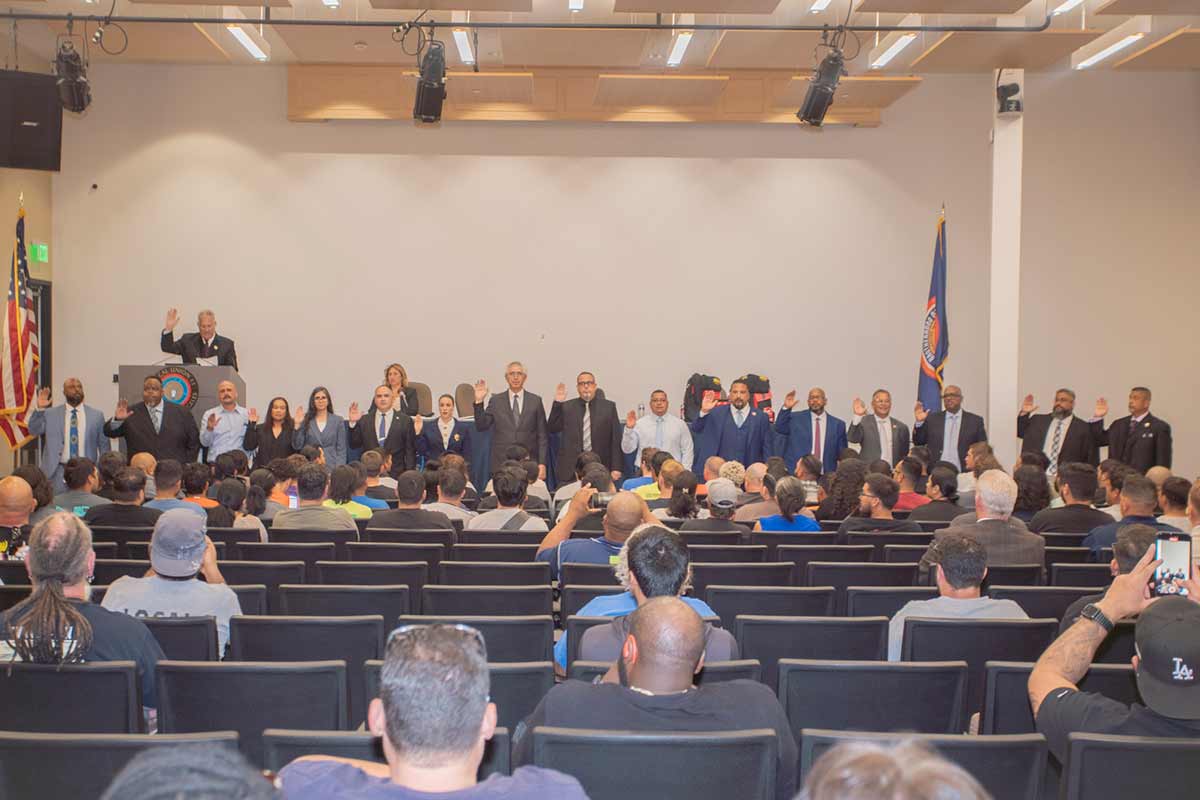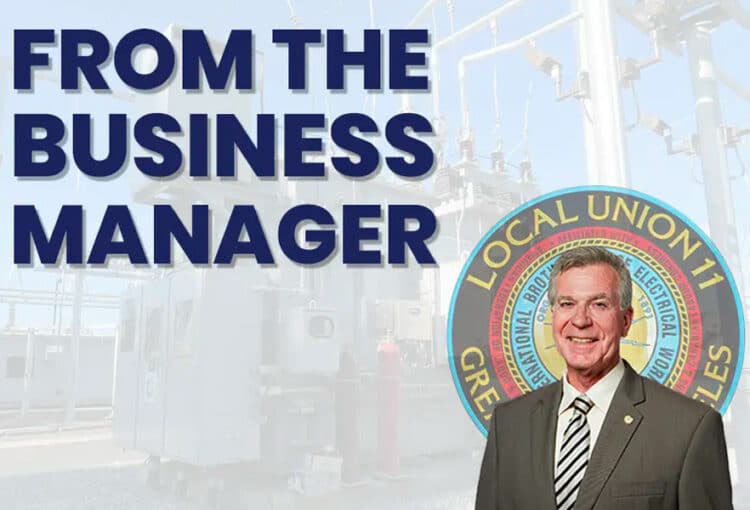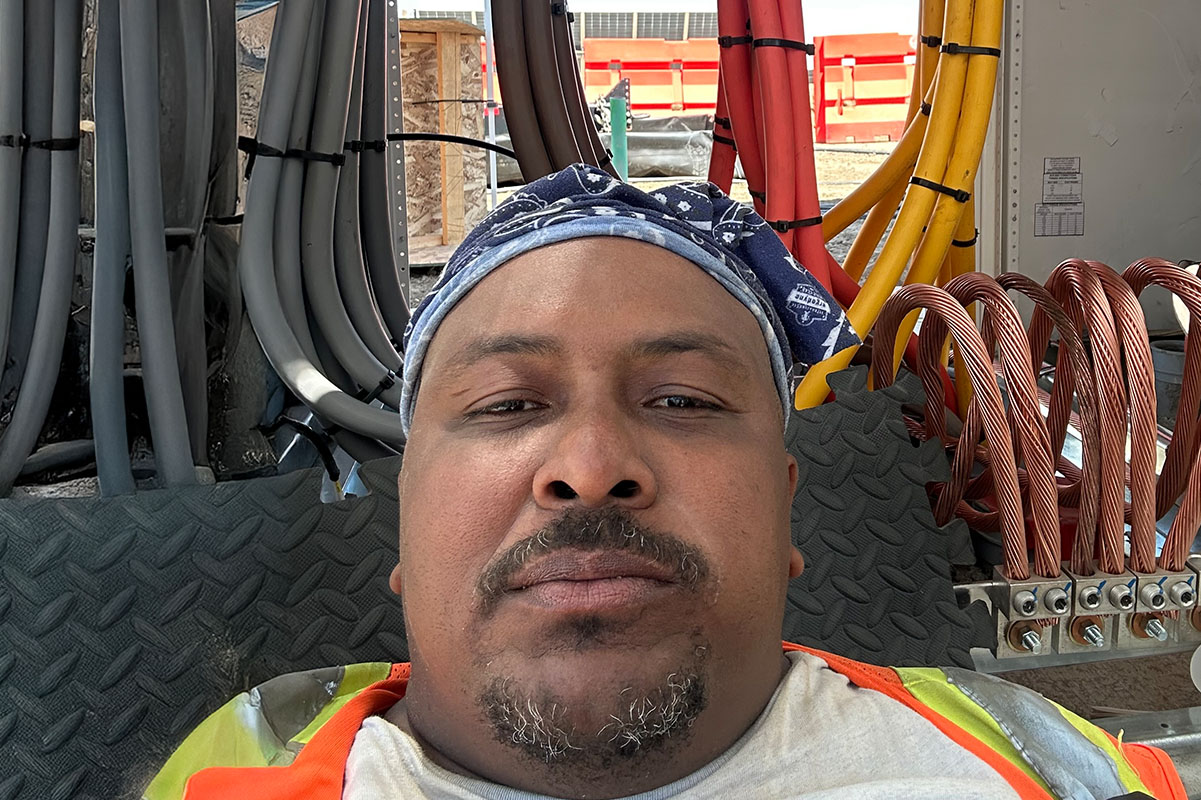Leadership Sets Sights on Residential Work As New Funding Flows In
By Robert Fulton
There’s plenty of residential electrical work on the horizon, and with billions of new dollars flowing into affordable housing projects, IBEW 11 sees its chance to claim its ground.
Local 11’s success could mean thousands of union jobs, stronger construction standards, and more stable housing projects.
“We want all the electrical work in Los Angeles done by our members,” said IBEW 11 Contractor Organizer Ben Frank.
Frank sees the tide turning because of a concerted effort by Local 11 leadership and a windfall of incoming funds from recent local ballot measures.
“It’s the first time in history that we really have the money and we have the work, and now it’s our job to get the manpower and the contractors to do that work,” Frank said.
Ballot Measures Bring In Billions
A pair of recent local ballot measures supported by Local 11 has laid the foundation for funding a significant number of housing developments.
Measure ULA and Measure A, both backed by Local 11, have created a massive funding pipeline for affordable housing—more than $700 million from ULA’s “mansion tax” to date and an expected $1.1 billion annually from Measure A’s sales tax.
With prevailing wage and labor agreements required on many of these projects, the union is positioned to claim a larger role in residential work.
For Measure ULA, a prevailing wage is required for all construction, and a Project Labor Agreement (PLA) is in effect for any construction or rehabilitation of 40 or more units. Some projects have already broken ground, including one involving signatory contractor SBE.
PLA and prevailing wage requirements offer an additional opportunity to showcase members’ skills and training.
With revenue coming from county sales taxes and city real estate transactions, the affordable housing residential building funding stream is not privy to the whims of a federal government determined to eliminate or curb various investments.
These include cuts to the Inflation Reduction Act and various green energy initiatives supported by the Biden administration. Additionally, the funding is perpetual, creating long-term job opportunities.
“We don’t have to rely on federal money to get any of these things done,” said Business Development Mario Barragan. “The preponderance of funds are generated here locally. So, I think it’s an area of growth that some of our new contractors may start
looking at.”
A Vision Taking Shape
Barragan said organized labor had focused less on residential work as non-union tract homes populated suburban sprawl. Union residential contractors slowly faded away. Now that’s changing.
Local 11 is one of the few unions that maintains a specific residential rate. While the hourly rate for Inside Wireman is the gold standard, the residential rate is more competitive while maintaining union benefits and protections.
Frank said that Local leadership is working to bridge the gap between the Inside and residential rates, and added that residential work is a good option for members looking for hours or boost their medical plan.
A significant component of the Local’s strategy is communication. Frank and Barragan are at the forefront of organizing new members, convincing contractors to go union, and maintaining relationships with developers. LMS is an example of a new contractor that has joined the fold.
“It’s about building partnerships with contractors who didn’t know that we had that workforce,” Frank said. “We’ve been gearing up for this for a long time. We have a few contractors who have been performing this work for years, and we need a bunch more.”
One strategy Frank uses to attract contractors to hire Local 11 residential wiremen is the union advantage. With union electricians, contractors gain a skilled and safety-first workforce while avoiding common violations, such as wage theft and worker misclassification. PLAs further ensure quality work under fair conditions.
Frank credits Local 11 leadership—Business Manager Robert Corona, Political Director Antonio Sanchez, President Alton Wilkeson and Barragan—for their collaborative, forward-looking approach.
“We find out more ways to say yes to things instead of ‘no,’ and that’s the beauty of this administration,” Frank said. “They’re open to everything. If there’s something that we can’t provide a contractor to partner up with us, we’re flexible. ‘How can we change this? How can we make this better?’”







